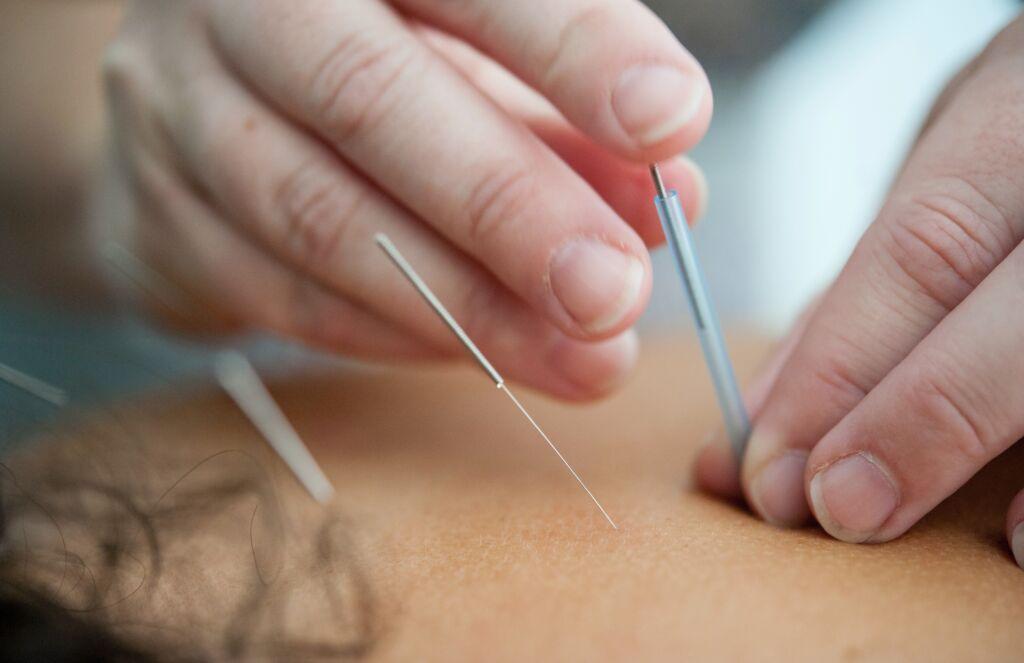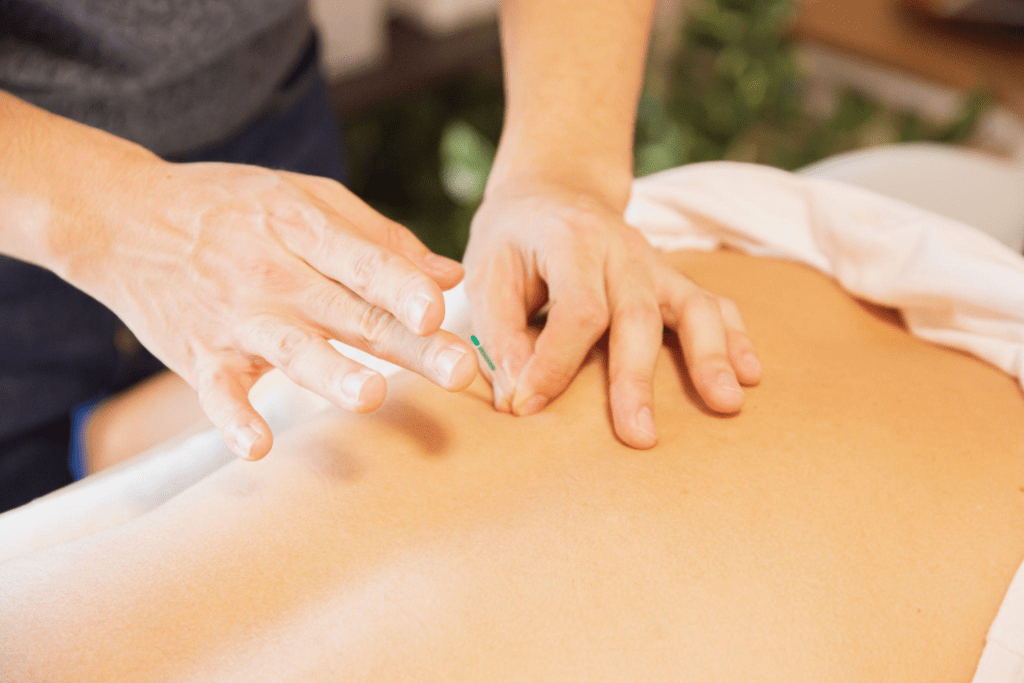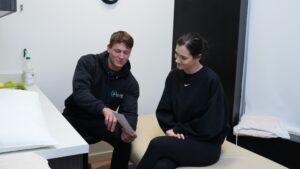
Acupuncture is a complementary therapy used to treat various health conditions and pain. Acupuncture in the modern-day is increasingly being used as a therapy for wellness and stress management and its theory and practice essentially originated in China. Here is all you need to know about acupuncture and how you can benefit from it.
How Does Acupuncture Work?
An acupuncturist identifies acupoints and then uses a thin needle to carry out the treatment. An acupoint is a specific location on the body where an acupuncture needle may be inserted to control pain or other medical symptoms. The thin metallic needles are activated by gentle and determined movements of the practitioner’s hands or with the help of electrical stimulation.
According to Traditional Chinese medicine practitioners, the human body has over 2,000 acupuncture points connected by pathways. The dedicated paths create an energy flow that positively impacts your overall health. A slight deviation of the energy flow can cause health issues and disorders.
Acupuncture could be effective for a variety of conditions. However, this form of treatment may not work for all. Thus, it is best to consult a specialist to ensure it’s safe for you. Finding a licensed practitioner who is trained and experienced is also recommended.
Why Is Acupuncture Done?

Acupuncture can effectively stimulate the central nervous system. It may be recommended to relieve discomfort that is associated with a range of diseases and conditions, including:-
- Chemotherapy-induced and postoperative nausea and vomiting
- Dental pain
- Fibromyalgia
- Headaches and migraines
- Labor pain
- Lower back pain
- Neck pain
- Osteoarthritis
- Menstrual cramps
- Respiratory disorders, like as allergic rhinitis
- Tennis elbow
It must be noted that acupuncture is a complementary therapy and should not be used instead of doctor-recommended treatments. It is also vital to note that this procedure may not have the same efficacy levels for all patients.
What Can One Expect from Acupuncture?
As a part of the procedure, the acupuncturist inserts thin needles into specific spots on the body. Each practitioner performs the process in a unique style., Experts are also starting to use acupuncture therapy alongside Eastern and Western medicine approaches. Before the treatment, the acupuncturist could ask about your medical history, symptoms (if any), and lifestyle. If needed, the practitioner may do a physical examination and check:-
- The color of your face.
- Quality of pulse in the wrist.
- The shape, cost, and color of the tongue.
- The body parts that are experiencing pain.
During the Acupuncture Procedure
An acupuncture session may last for 60 minutes. Some sessions could be much shorter. The number of sessions you need may vary based on your medical condition and its severity. Acupuncture points are situated in areas across the body. The process is performed in three steps, including:-
Needle Insertion: The acupuncturist inserts the acupuncture needles at various depths at the identified points in the body. As the needles are thin, they could cause discomfort during insertion. Furthermore, the patient may experience a mild aching sensation when a hand reaches its depth. About five to 20 needles could be used.
Needle Manipulation: After they are placed, the practitioner could move or twirl the needles, and heat or electrical pulses could be applied to the needles.
Needle Removal: The needles could remain in their place while the patient lies still and relaxes. When the needles are removed, the patient may not experience discomfort.
What Does Acupuncture Feel Like?
The patient could feel a slight prick with each needle. However, it is usually less painful than a blood draw procedure or vaccine administration. The needles are thin and could cause muscle sensations like mild aches or tingling. It is critical to inform your acupuncturist if you experience heaviness or numbness while undergoing the procedure.
Is Acupuncture Safe?
When performed by a specialist, acupuncture is safe. U.S. Food and Drug Administration (FDA) has stated regulations for acupuncture. According to the FDA, needles must be sterile, non-toxic, labeled, and solid. Only a qualified professional may use the acupuncture needles, which must be safely disposed of after a single use.
What Can Happen after the Treatment?
Acupuncture treatment can leave the patient relaxed as it has a calming effect. It’s best to dedicate time to rest before getting back to routine. The period of rest will vary depending on the medical condition and the patient’s reaction to the treatment. It must be noted that if symptoms don’t improve within a few weeks of getting the treatment, acupuncture may not be the proper treatment.
Results Are Difficult to Measure
The benefits and results of acupuncture are challenging to measure. Most patients find it helpful to control a wide range of medical conditions. The benefits of acupuncture may not be visible in the first or second sitting. Thus, it is advised to undergo at least five sittings, after which the results of the procedure could be visual.
Acupuncture Must Not Be a Substitute for Medical Treatment
It is advised not to substitute acupuncture with other medical treatments. Instead, after consulting your medical practitioner, it could be used along with other therapies. For example, a patient diagnosed with cancer would receive medical cancer treatment and can also benefit from acupuncture. The patient will also be advised to continue medications prescribed for the medical disease or disorder.
Is Acupuncture Covered under Medical Insurance?
While a few medical insurance companies cover acupuncture, others do not. Thus, it is recommended to check with the insurance provider. If acupuncture is covered under insurance, you may check how many treatments are covered with your plan.
Are you looking for a pain relief solution and alternatively address other conditions? You can visit Synergy Rehab Surrey Nordel Physiotherapy, consult a specialist and undergo acupuncture therapy. Click here to book your appointment with Synergy Rehab. Click here to know more about the services offered.







